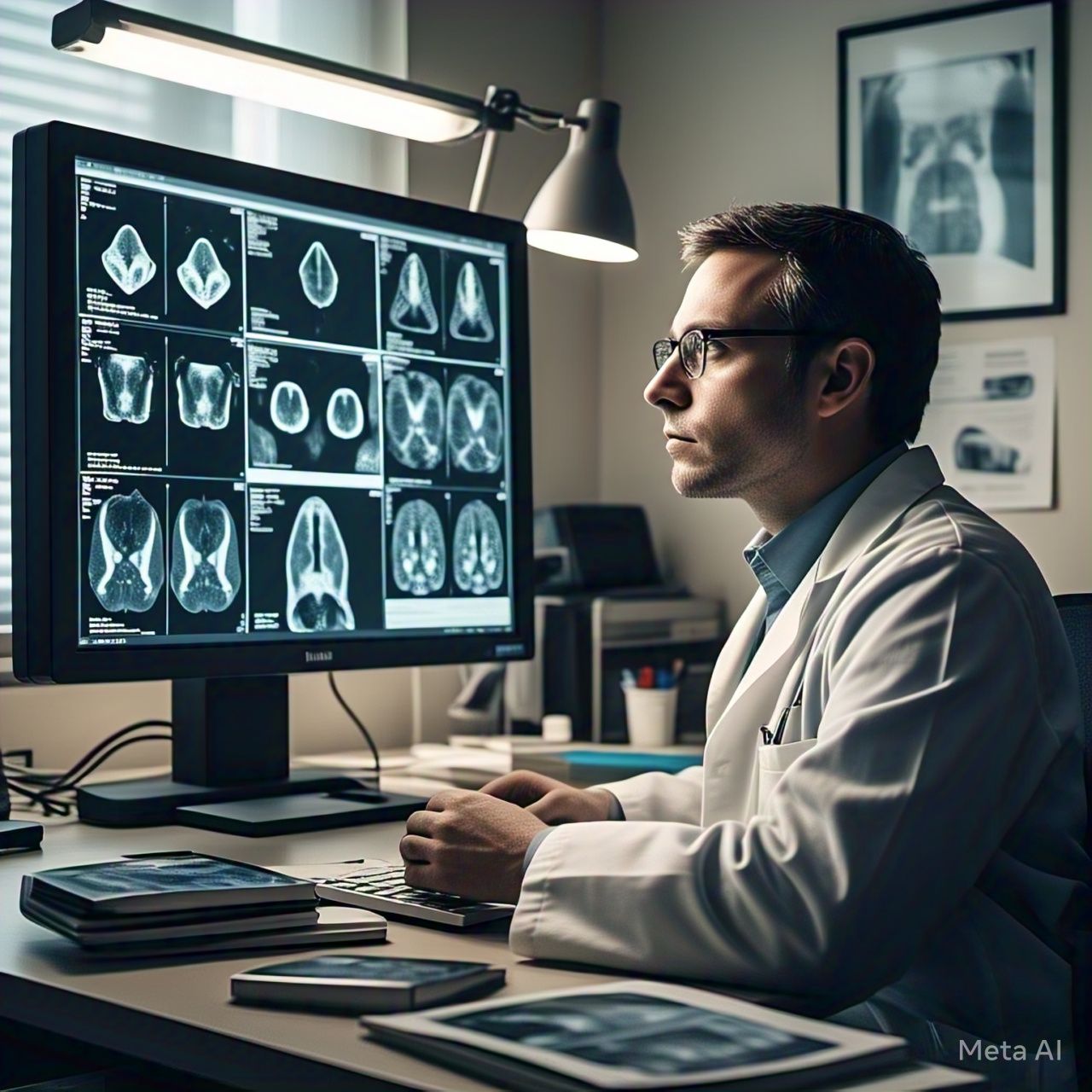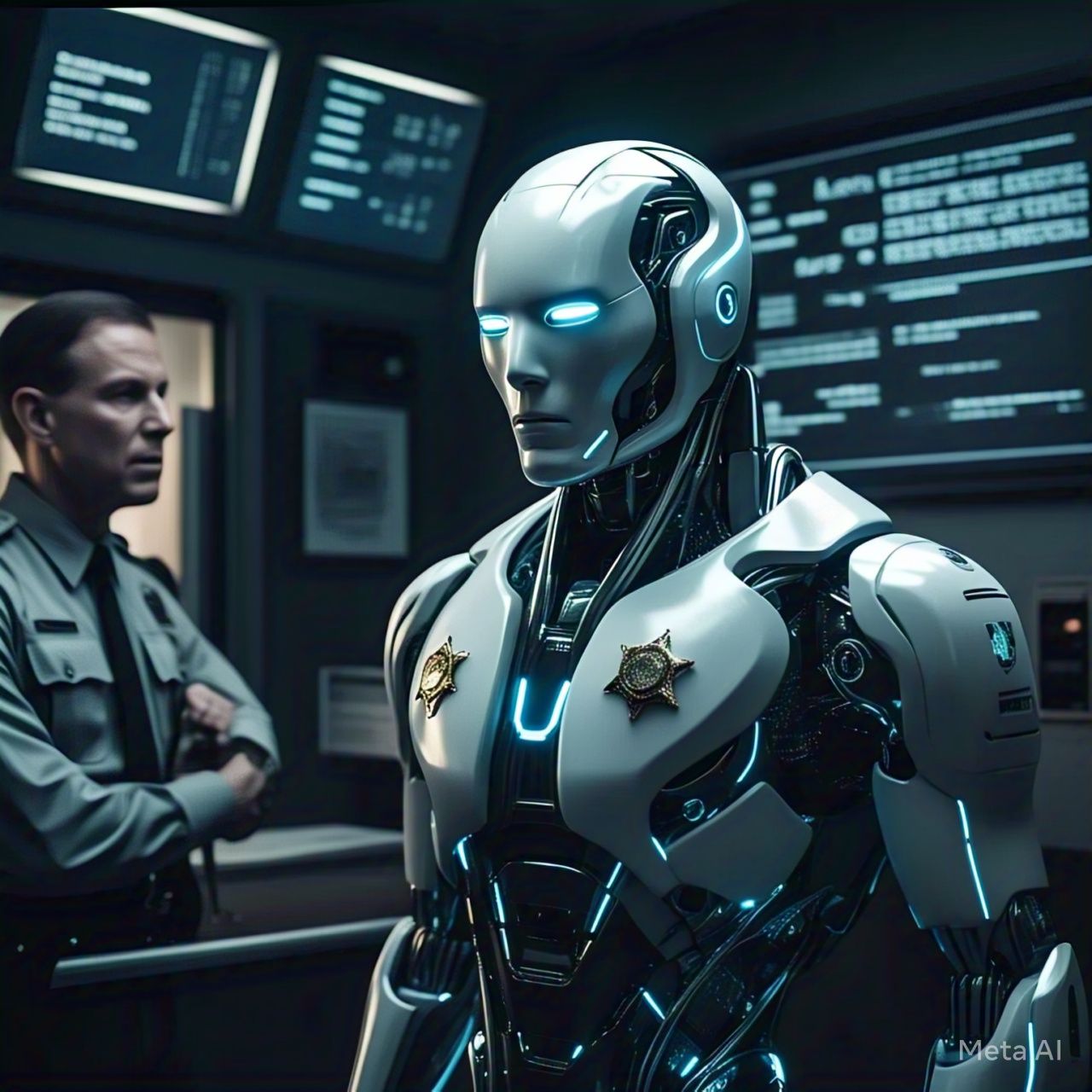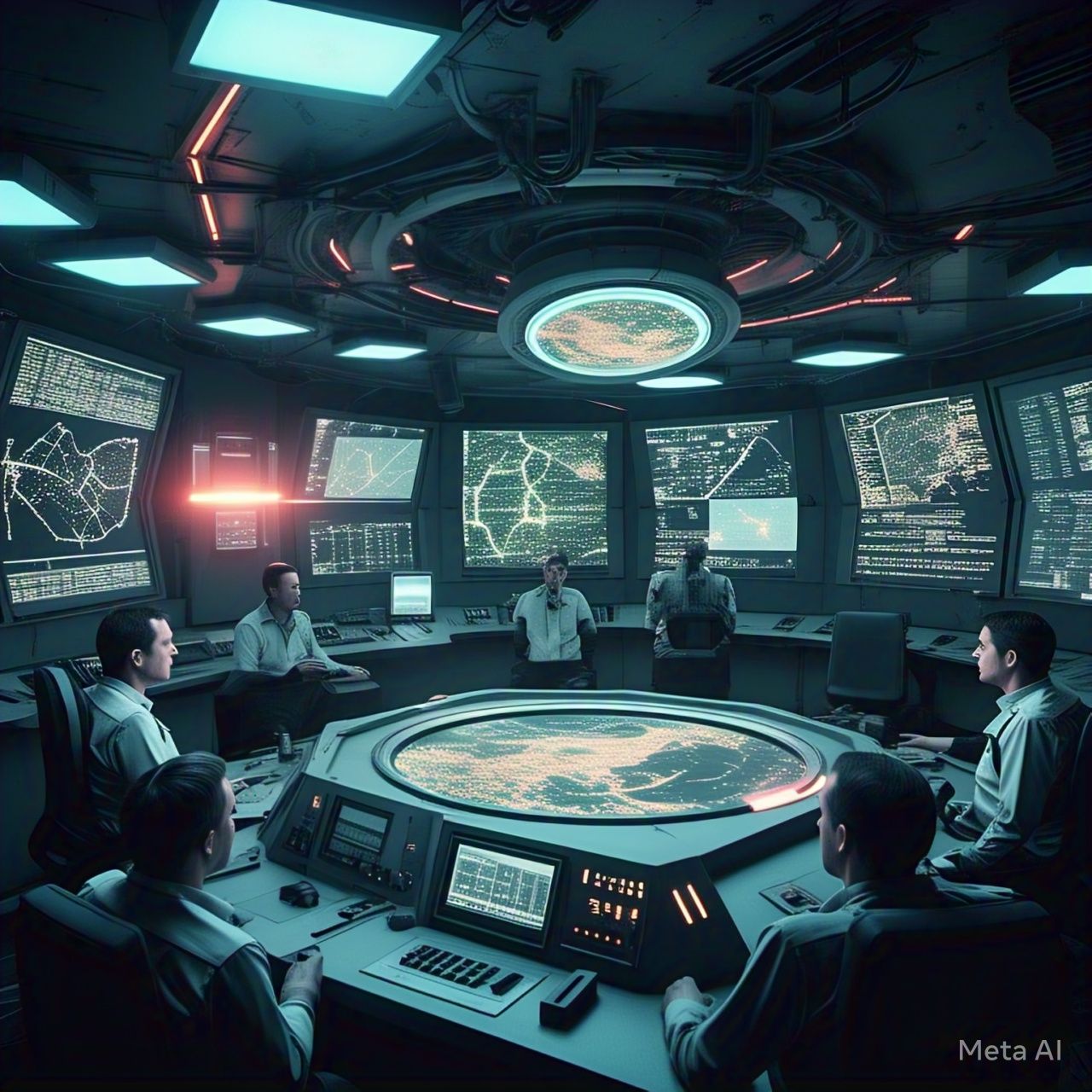Table of Contents
- Introduction
- The Role of AI in Medical Imaging
- How AI Enhances X-ray Interpretation
- AI in MRI Analysis: Detecting Anomalies with Precision
- Deep Learning and AI Algorithms in Medical Imaging
- AI in Early Disease Detection
- Challenges and Ethical Considerations
- Future of AI in Medical Imaging
- Conclusion
- FAQs
- References
Introduction
Medical imaging is a crucial aspect of modern healthcare, enabling physicians to diagnose and monitor diseases with precision. However, human interpretation of X-rays, MRIs, and other imaging modalities can be time-consuming and prone to errors. Artificial Intelligence (AI) is transforming the medical imaging field by increasing accuracy, reducing human error, and accelerating diagnosis.
AI-powered algorithms, particularly deep learning models, analyze vast datasets to detect patterns and abnormalities in medical images. From identifying early signs of cancer to diagnosing neurological disorders, AI is proving to be an invaluable tool in modern medicine.
In this article, we explore how AI is enhancing the accuracy of medical imaging, its impact on X-rays and MRI analysis, the role of deep learning, the ethical challenges involved, and what the future holds for AI-driven diagnostics.
How AI is Transforming Medical Imaging
AI is revolutionizing the field of medical imaging by introducing advanced image processing and diagnostic capabilities. Here are key areas where AI is making a difference:
- Faster Diagnoses: AI can analyze medical images in a fraction of the time compared to traditional methods.
- Improved Accuracy: AI can detect patterns and anomalies that the human eye might miss.
- Reduced Human Error: Machine learning algorithms minimize the risk of diagnostic errors.
- Automated Reporting: AI tools can generate initial reports, reducing the burden on radiologists.
- Personalized Treatment Plans: AI can analyze imaging data to create customized treatment plans for individual patients.
How AI is Enhancing X-ray Interpretation
X-ray imaging is widely used in medical diagnostics, but human error can lead to misdiagnoses. AI-powered tools are improving the accuracy of X-ray interpretation in multiple ways:
1. Early Disease Detection
- AI algorithms can detect diseases like pneumonia, tuberculosis, and lung cancer earlier than human radiologists.
- Machine learning models trained on thousands of X-ray images can recognize subtle anomalies quickly and accurately.
2. Reducing Diagnostic Errors
- AI reduces false positives and false negatives, leading to better treatment outcomes.
- Computer-aided detection (CAD) systems act as a second opinion for radiologists.
3. Automating Workflows
- AI assists radiologists by highlighting abnormalities in X-rays.
- Reduces workload and speeds up the diagnostic process.
| AI Feature | Benefits in X-ray Analysis |
|---|---|
| Pattern Recognition | Detects subtle abnormalities |
| Automated Reporting | Generates preliminary reports |
| Integration with EHR | Reduces manual data entry |
| Disease Progression Tracking | Helps in continuous patient monitoring |
| AI-Powered Screening | Identifies high-risk patients earlier |
AI in MRI Analysis: Detecting Diseases with Precision
Magnetic Resonance Imaging (MRI) provides highly detailed images of internal organs, but analyzing these images is time-consuming. AI is changing MRI interpretation in several ways:
1. Detecting Early-Stage Diseases
- AI enhances MRI scans to detect early signs of conditions such as brain tumors, multiple sclerosis (MS), and strokes.
- Deep learning models can differentiate between normal and abnormal tissue with high precision.
2. Faster Analysis and Diagnosis
- Traditional MRI scans require time-consuming manual analysis by radiologists.
- AI-powered software can analyze MRIs in seconds, providing quick insights and second opinions.
3. AI in Neurology and Neuroimaging
- AI is particularly useful in detecting brain diseases such as Alzheimer’s, Parkinson’s, and epilepsy.
- Machine learning algorithms analyze MRI scans to identify changes in brain structure before symptoms appear.
- Improves stroke diagnosis and prognosis prediction.
Deep Learning and Machine Learning in Medical Imaging
1. How AI Learns from Medical Images
- Deep learning algorithms are trained on vast medical datasets to recognize patterns in images.
- AI models use convolutional neural networks (CNNs) to analyze radiological images efficiently.
- AI reduces human error by highlighting abnormalities like tumors, fractures, and blockages.
2. AI-Driven Automation in Image Segmentation
- AI is used for automated image segmentation, distinguishing between organs, tissues, and abnormalities.
- Allows for precise identification of tumors, fractures, and lesions.
Challenges and Ethical Considerations in AI-Powered Medical Imaging
Despite its advantages, AI in medical imaging comes with several challenges and ethical concerns:
- Data Privacy Issues
- Patient medical data must be protected under regulations like HIPAA and GDPR.
- Bias in AI Models
- AI models can reflect biases present in training data, affecting diagnostic accuracy.
- Reliability of AI Diagnoses
- AI is not perfect; misdiagnoses can lead to severe consequences.
- Regulatory and Legal Issues
- Clear guidelines are needed for AI implementation in healthcare.
Future of AI in Medical Imaging
AI is expected to play an even greater role in medical imaging, including:
- Integration with Wearable Devices: AI-powered smart wearables will provide real-time diagnostics.
- Improved Deep Learning Models: AI will become even more precise in detecting diseases.
- 3D Imaging Advancements: AI will enhance 3D reconstruction for more accurate medical procedures.
- Personalized Imaging Reports: AI-driven insights will offer customized diagnostic reports.
Conclusion
AI is reshaping the field of medical imaging by providing faster, more accurate, and efficient diagnostics for X-rays and MRIs. While challenges like data privacy, AI bias, and regulatory concerns persist, the benefits are undeniable. AI is helping detect diseases earlier, improve precision in imaging, and support radiologists in making better decisions. As technology continues to evolve, AI will become an even more integral part of healthcare, enhancing patient outcomes and advancing medical research.
FAQs
1. How does AI improve medical imaging?
AI improves medical imaging by using deep learning to identify patterns, reduce diagnostic errors, and speed up analysis.
2. Can AI replace radiologists?
No, AI is designed to assist radiologists, not replace them. It acts as a second opinion to enhance accuracy.
3. Is AI in medical imaging reliable?
Yes, AI has demonstrated accuracy rates comparable to, or even exceeding, human radiologists in detecting diseases.
4. What are the biggest challenges of AI in medical imaging?
Challenges include data privacy, regulatory approval, bias in AI models, and integrating AI with existing healthcare systems.
5. What is the future of AI in medical imaging?
The future includes real-time disease detection, AI-driven treatment recommendations, and enhanced personalized imaging solutions.




